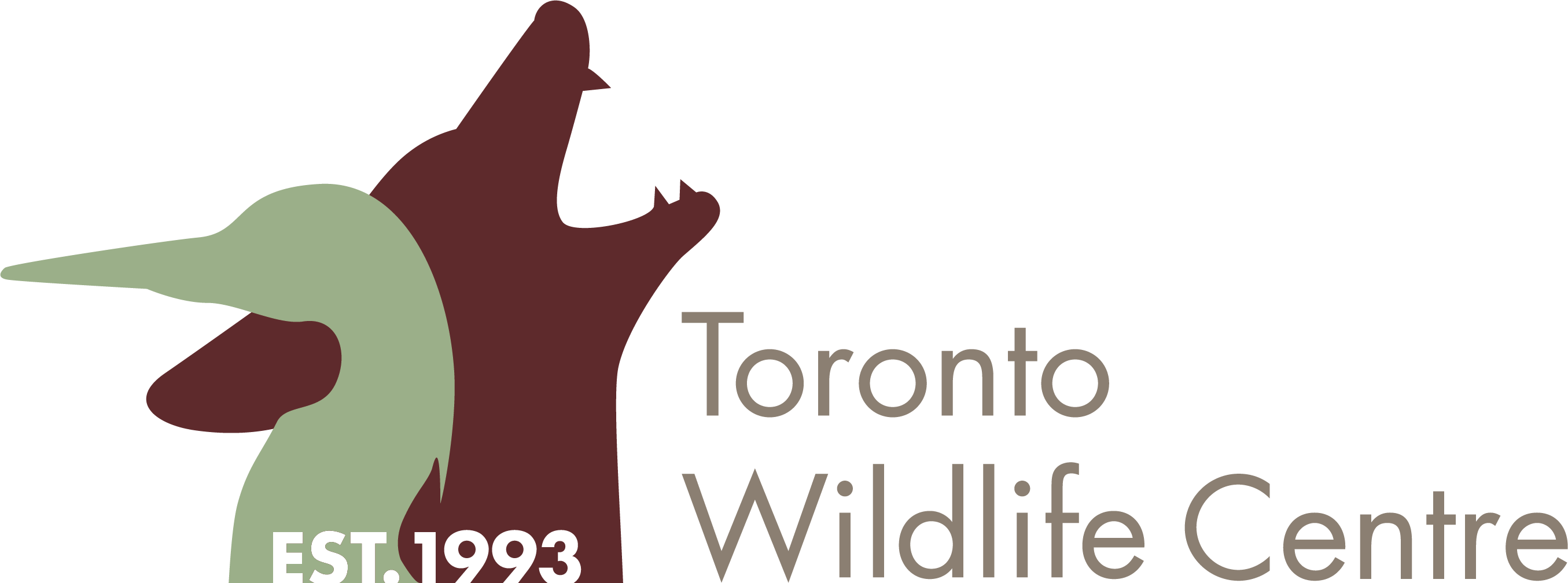First contact a wildlife rehabilitator . While you are waiting to hear back, the following instructions will keep the baby shorebird safe and comfortable.
What to do while you wait
A dark, quiet place
Keep the baby shorebird in a dark, quiet place indoors, in an enclosed or covered container. For most species, a cardboard box is perfect. If your home is small, a closet or a bathroom is an excellent spot. A basement, heated garage, or spare bedroom will also work.
Keep children, pets, and people away from the room the baby shorebird is in. Remember that it is injured and frightened, and we want to keep its stress down as much as possible. Unlike our pets, wild animals are not comforted by people talking to them, petting them, or looking at them.
A heat source
Once you’ve determined a baby shorebird is orphaned, getting it a heat source is one of the most important things you can do. Babies may have been without their mother days. Keeping them warm will reduce stress on their system, once their body doesn’t have to fight to keep its temperature up. Some examples of an appropriate heat source:
- a clean sock filled with dry, uncooked rice, and microwaved for one minute
- a plastic bottle from the recycling bin filled with hot tap water
- an electric heating pad set to “LOW” and placed under half of the box.
Re-heat water bottles and rice socks as necessary. Once they have something warm to snuggle up to, most orphaned baby shorebirds will go right to sleep.
No food or water
This is a tough one, because our first instinct is often to try to give food or water to an animal we’ve found. Until you’ve spoke to a wildlife rehabilitator, there are some really good reasons not to give the baby shorebird food or water.
Why shouldn’t I feed it?
- If the baby shorebird is dehydrated, starving, or suffering from trauma, its body may not be strong enough to digest food. Trying to feed it can cause bloating, shock, or death.
- Trying to force-feed food or water can accidentally end up with the liquid in the animal’s lungs. This can cause pneumonia, and death.
- If you feed the wrong food to the wrong species, it can cause serious digestive problems.
- Once you get the baby shorebird to a wildlife rehabilitator, they will need to assess its condition and maybe run some medical tests. These are a lot easier to do if the animal hasn’t been eating. It’s just like when your doctor or veterinarian asks you or your pet not to eat the night before an appointment.
Once you’ve spoken to a wildlife rehabilitator, if they ask you to give the baby shorebird some food please follow their advice.
Why shouldn’t I give it water?
- If the baby shorebird is injured and having trouble standing, or if it panics trying to get out, it could fall into the water dish. This can cause hypothermia, or even drowning.
- Trying to force-feed water can accidentally end up with the liquid in the animal’s lungs. This can cause pneumonia, and death.
- Baby shorebirds are naturally drawn to water, and will try to sit in it or swim in it. That’s normal for them, but without their mother to keep them warm they can become hypothermic. Best to keep them dry until you can find them help.
- Once you get the baby shorebird to a wildlife rehabilitator, they will need to assess its condition and maybe run some medical tests. These are a lot easier to do if the animal hasn’t been drinking. It’s just like when your doctor or veterinarian asks you or your pet not to eat or drink the night before an appointment.
Once you’ve spoken to a wildlife rehabilitator, if they ask you to give the baby shorebird some water please follow their advice.

